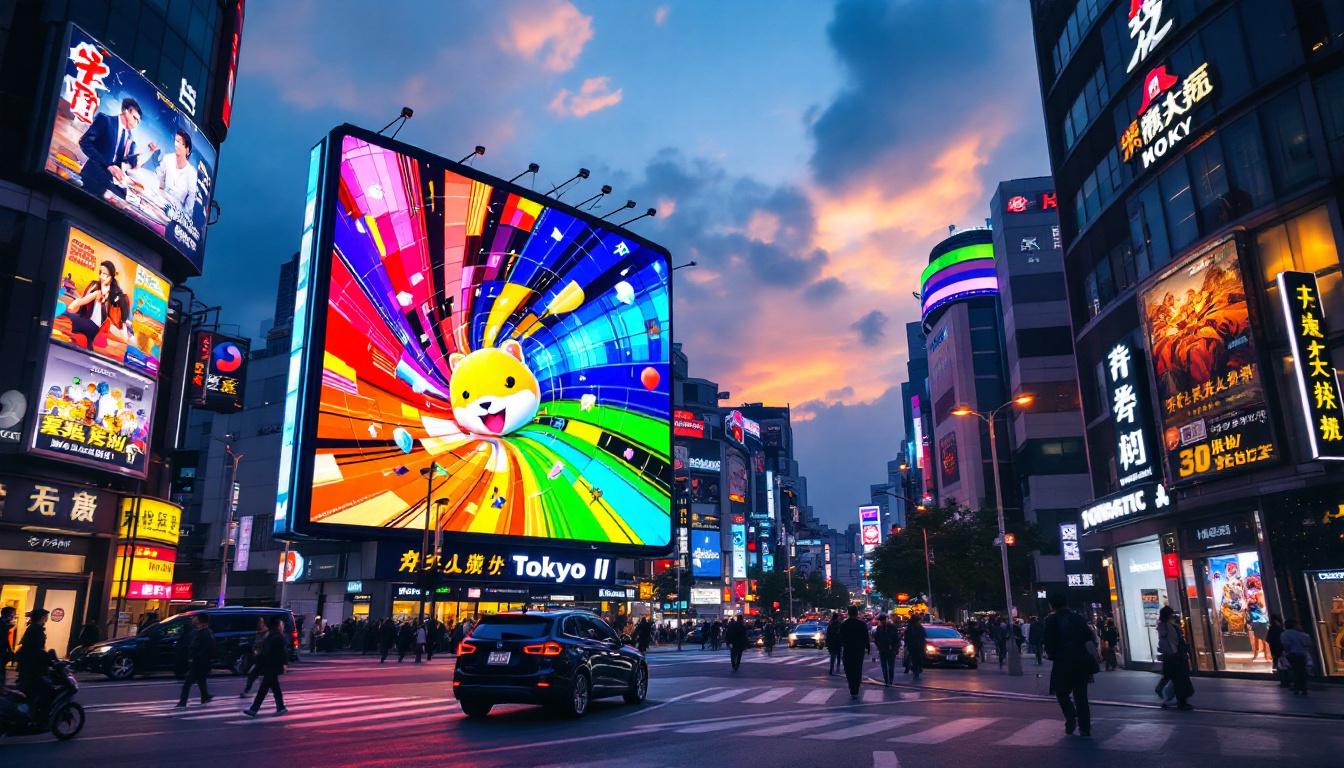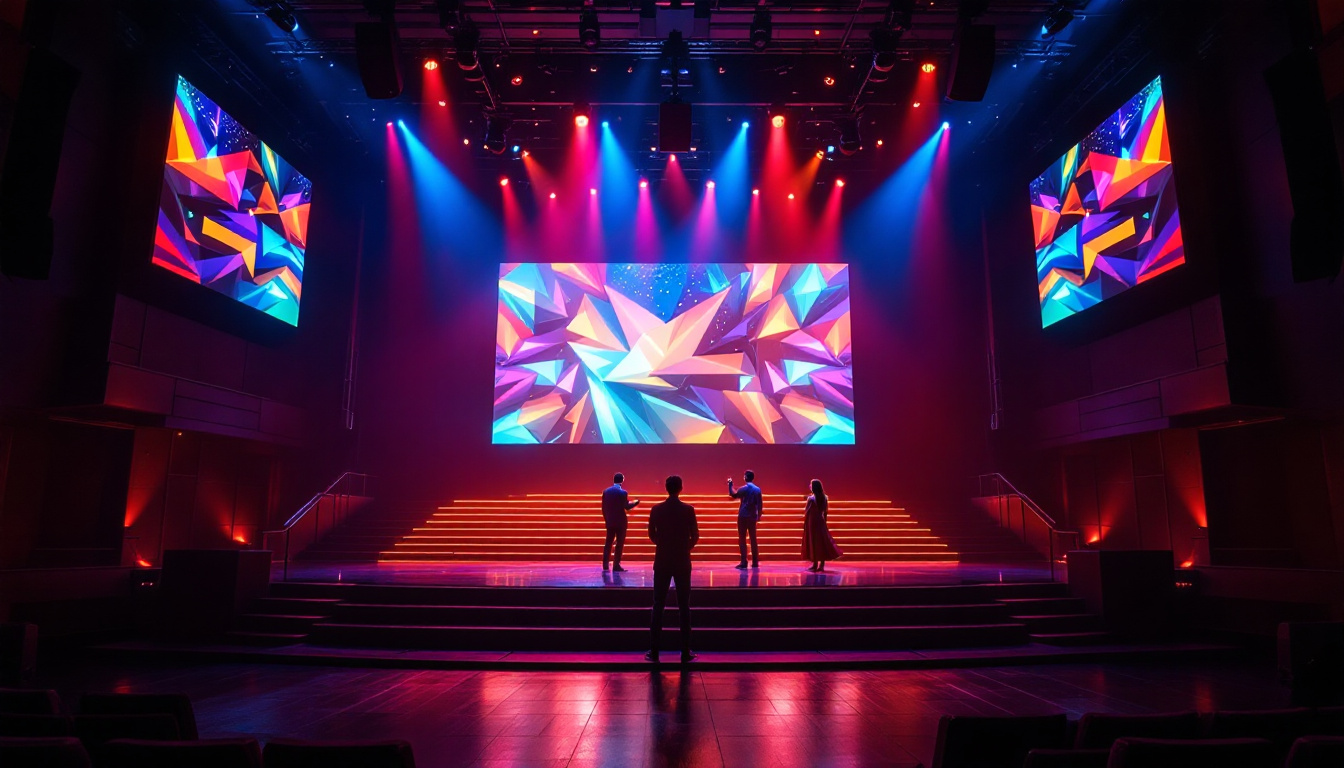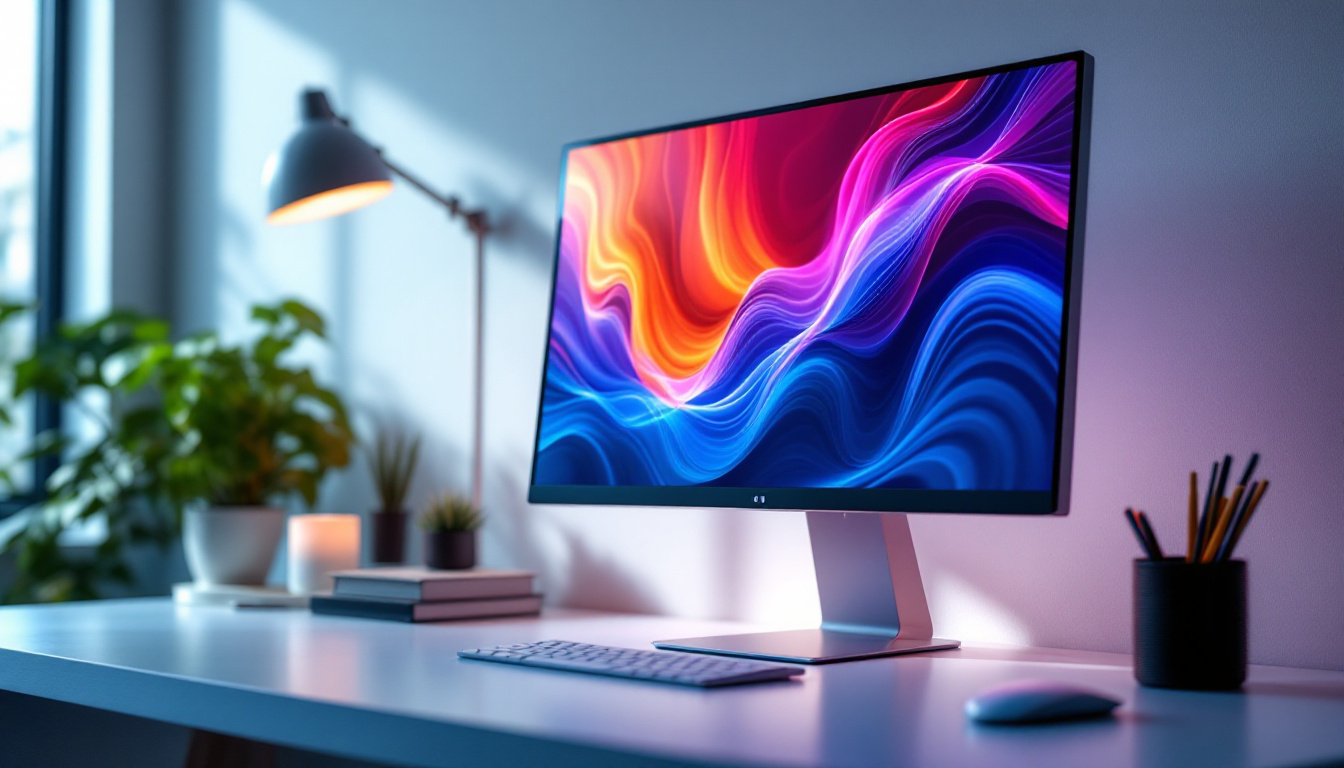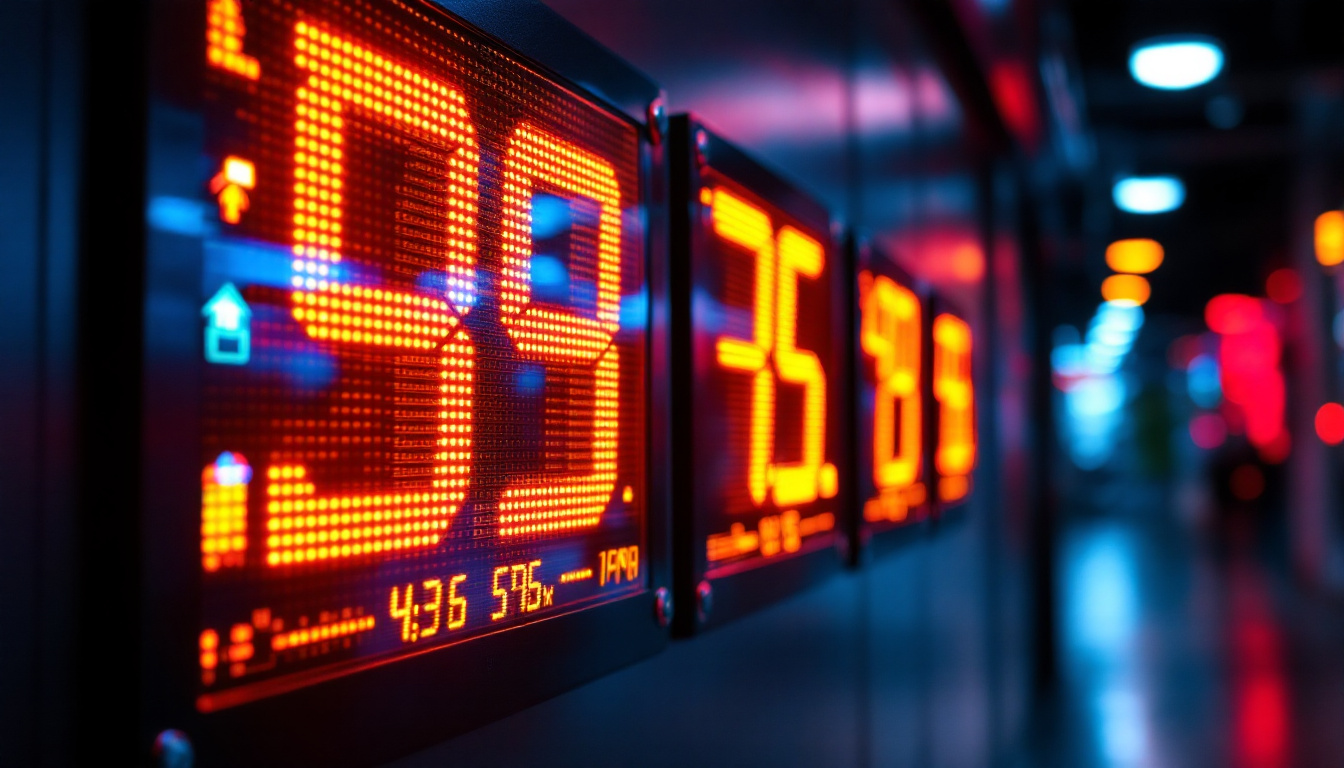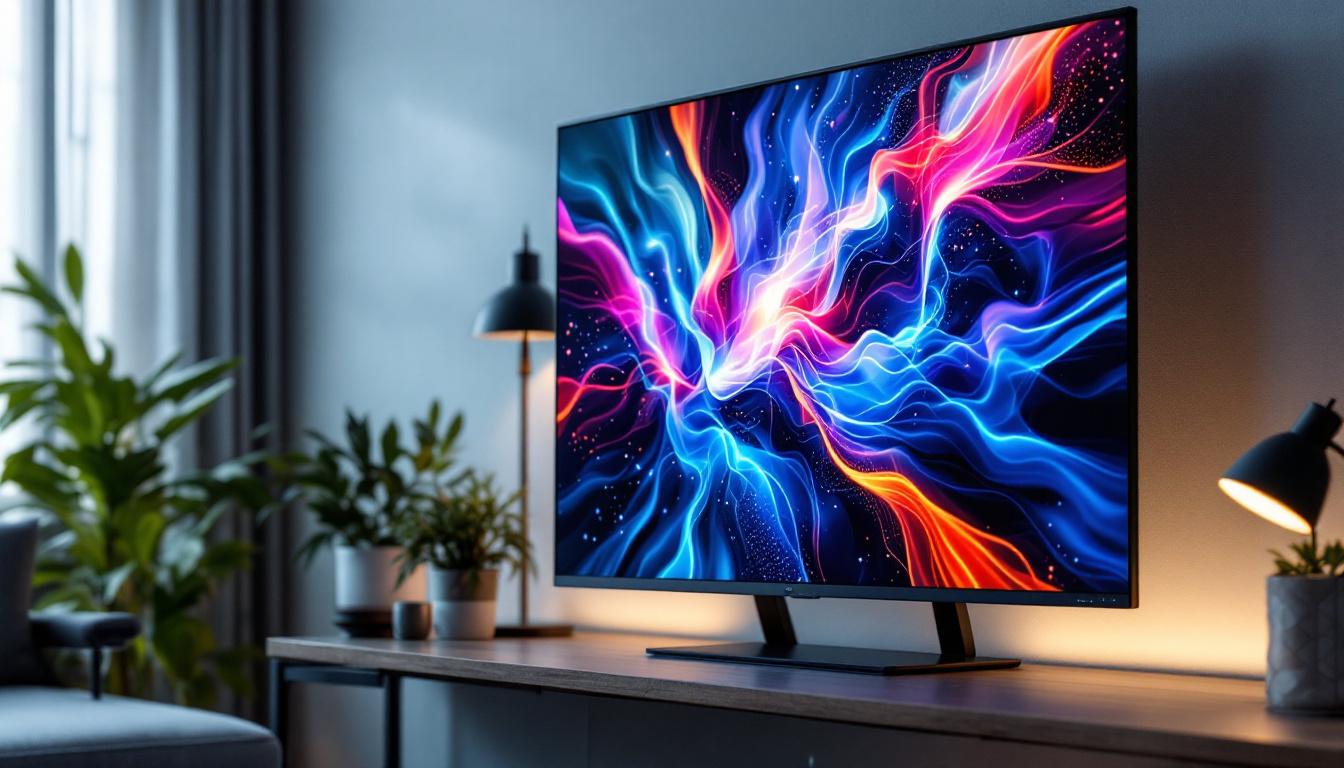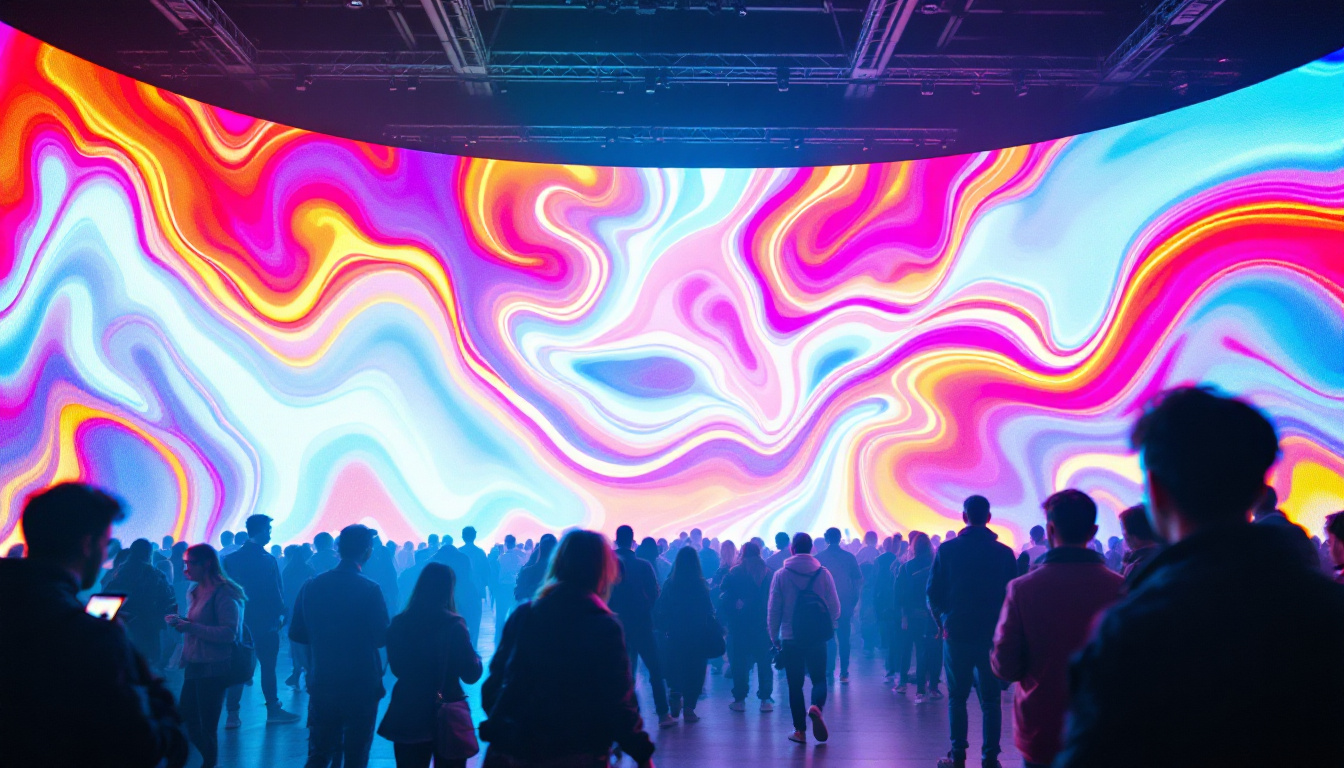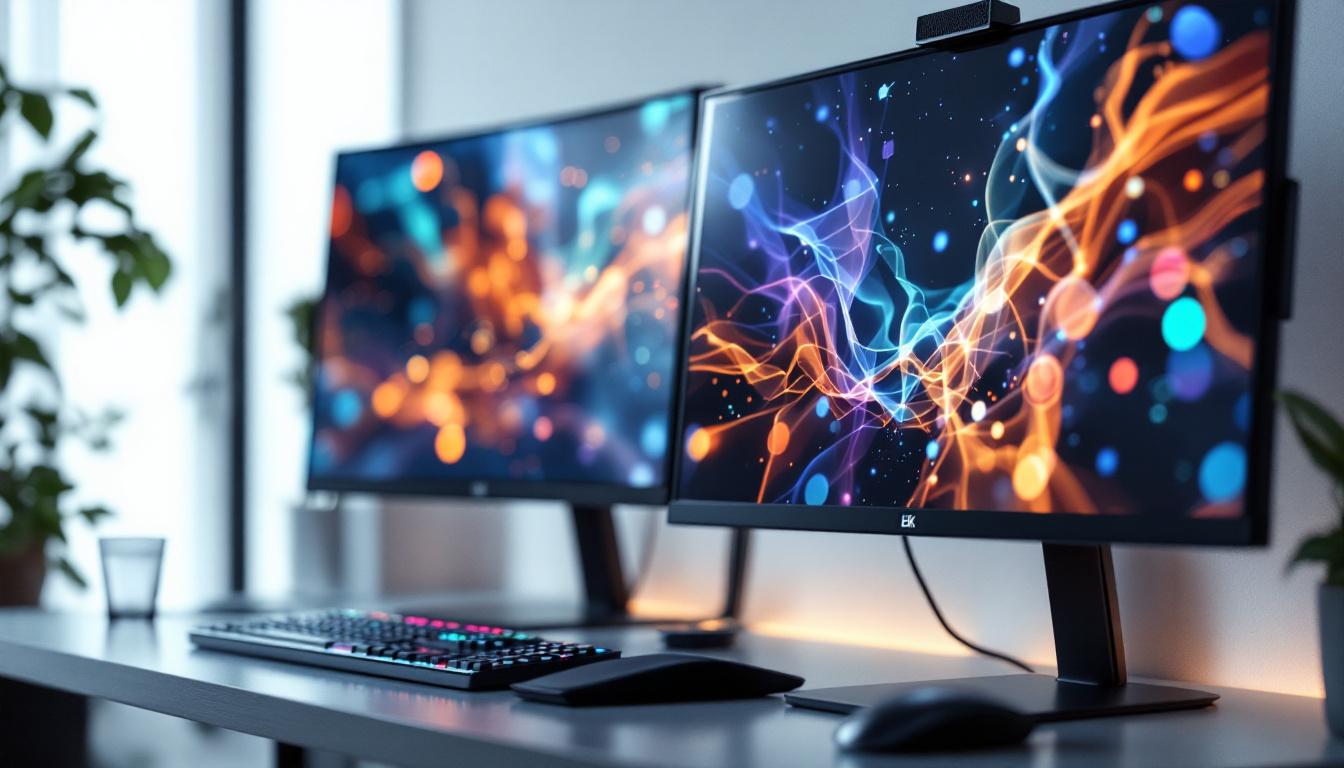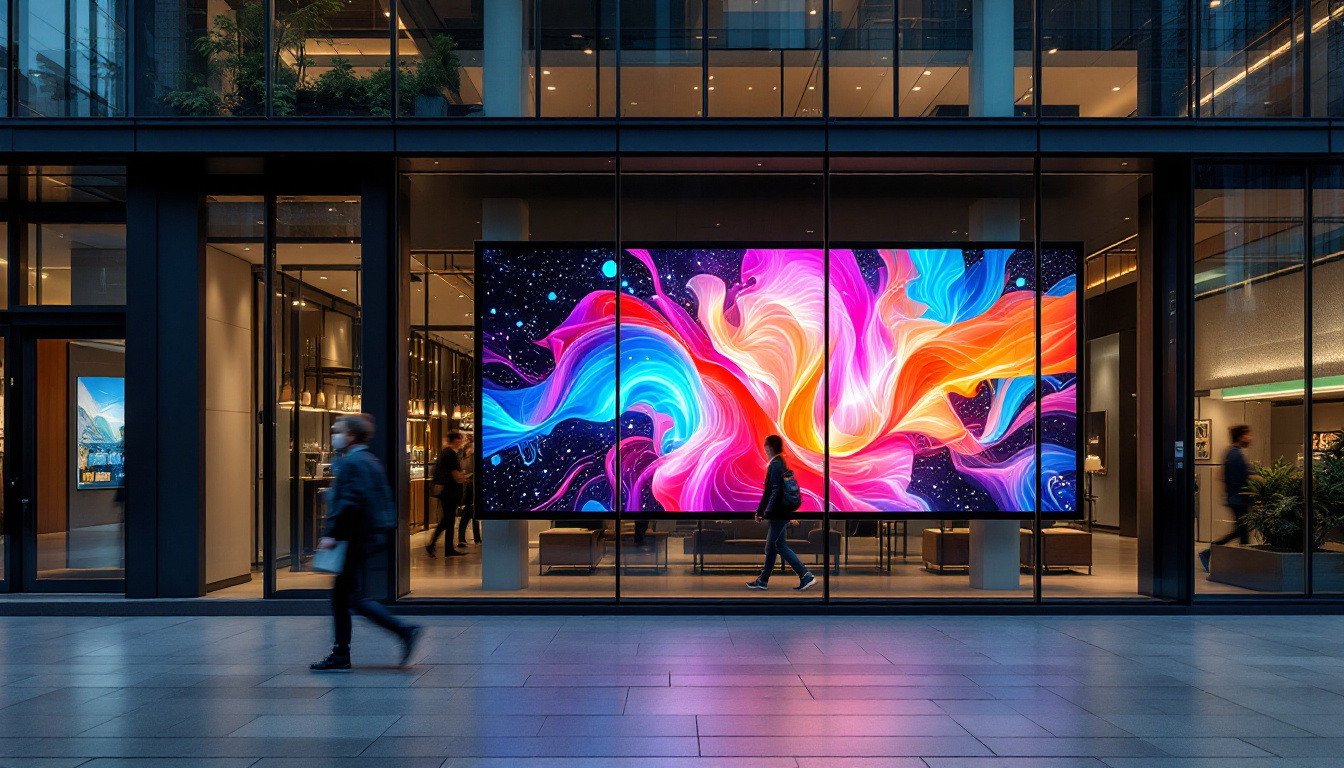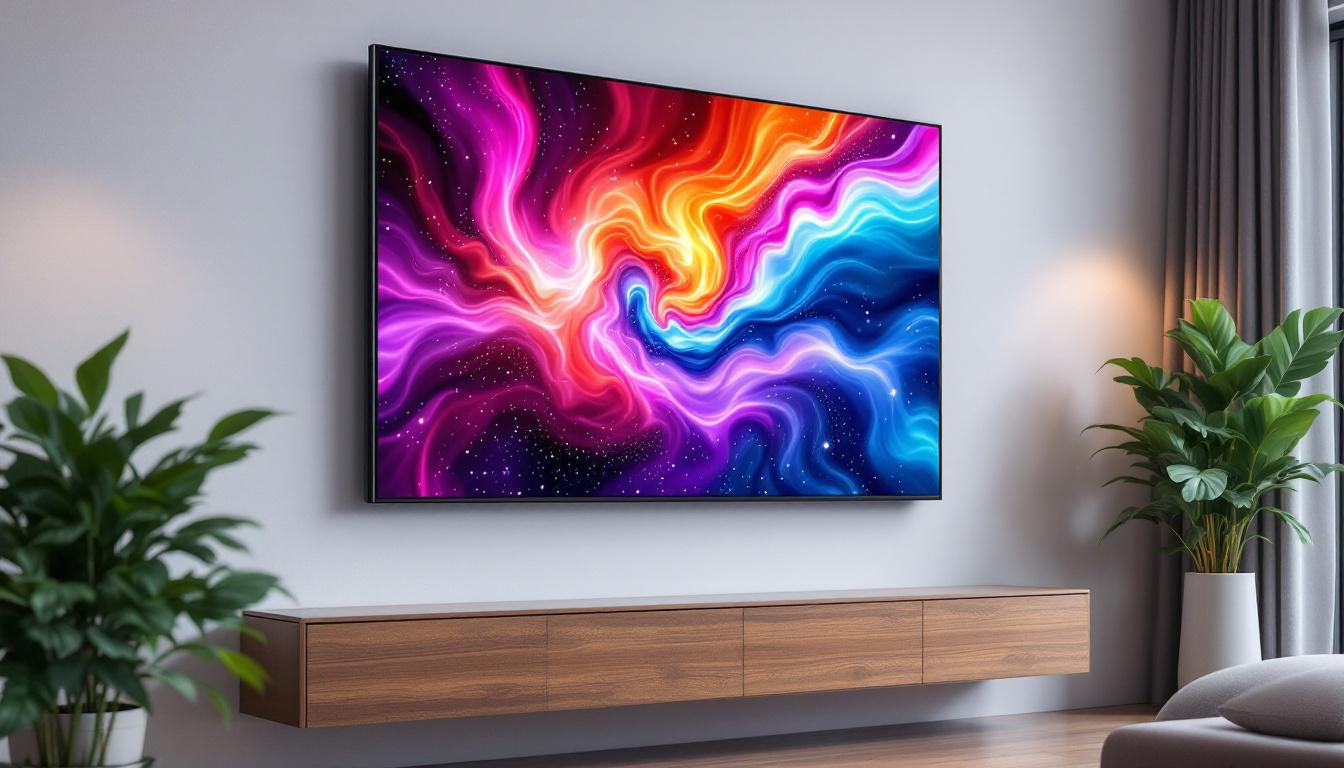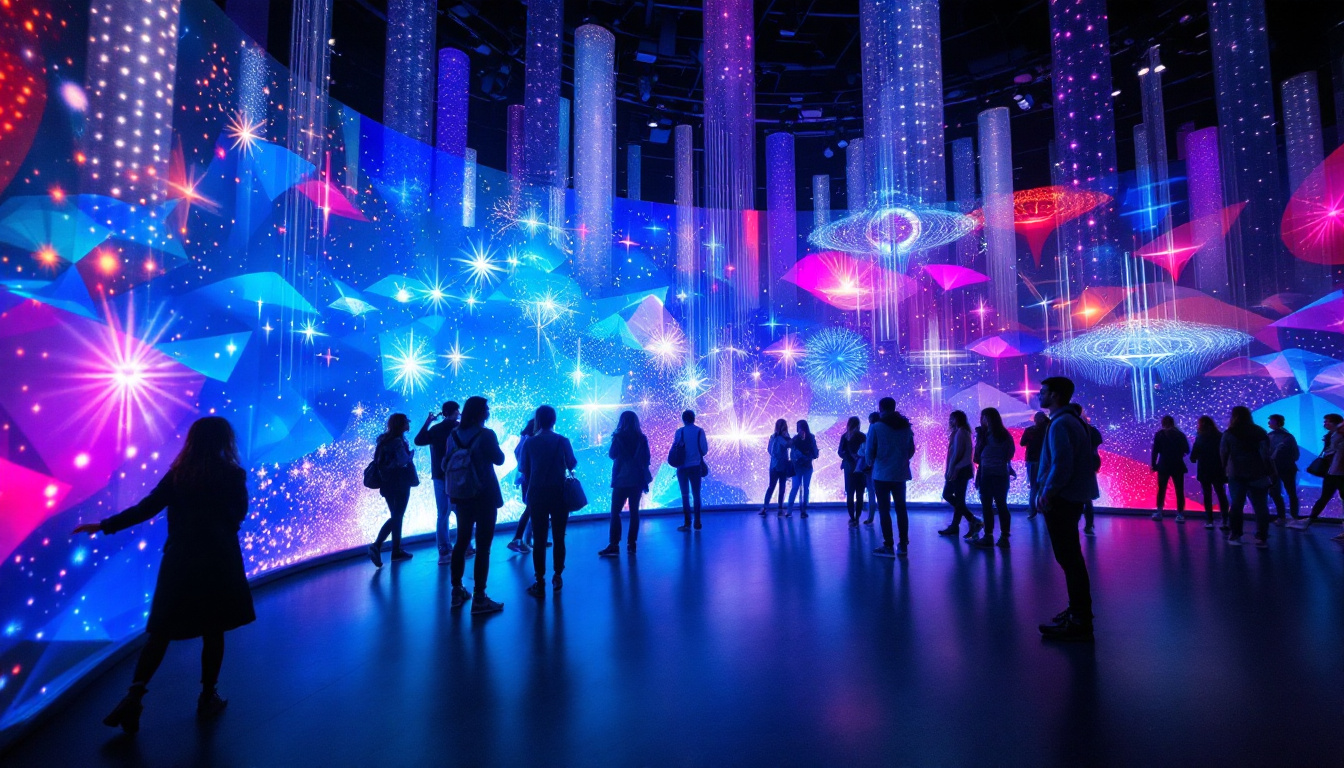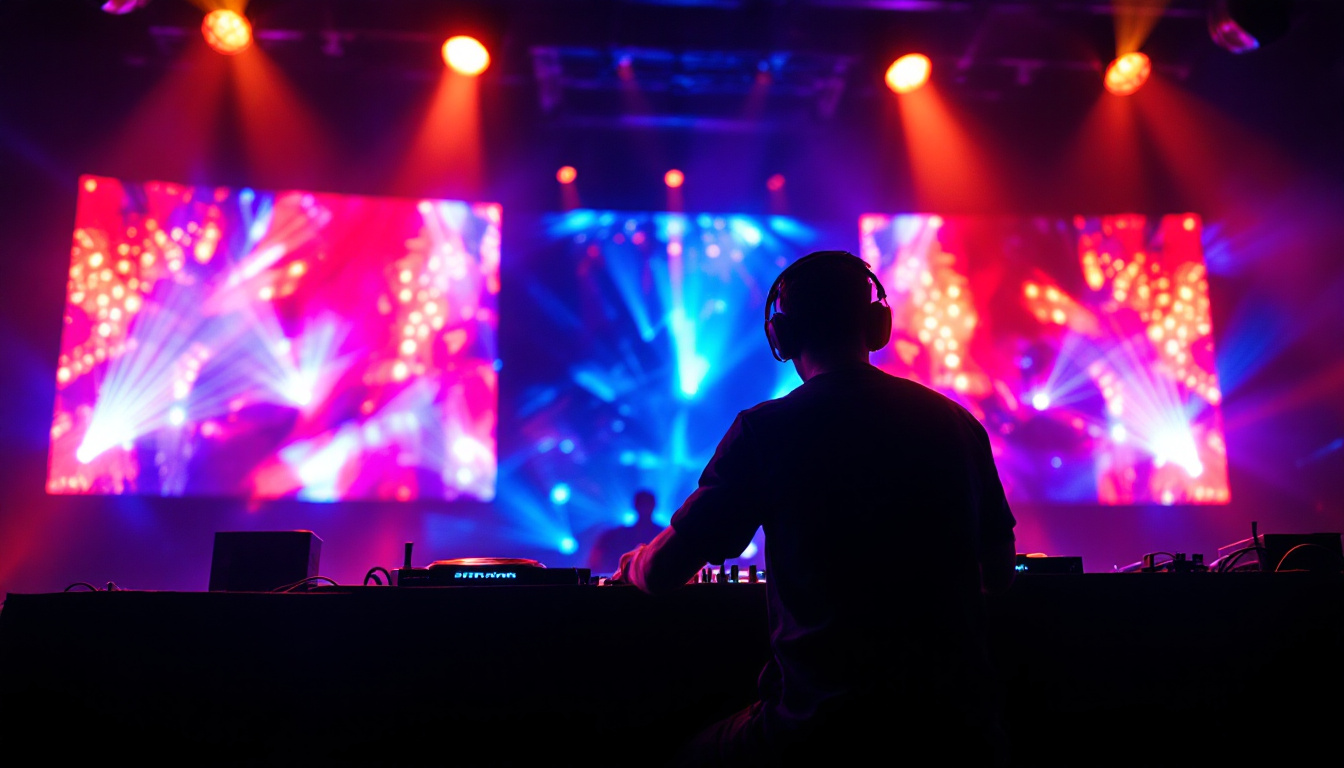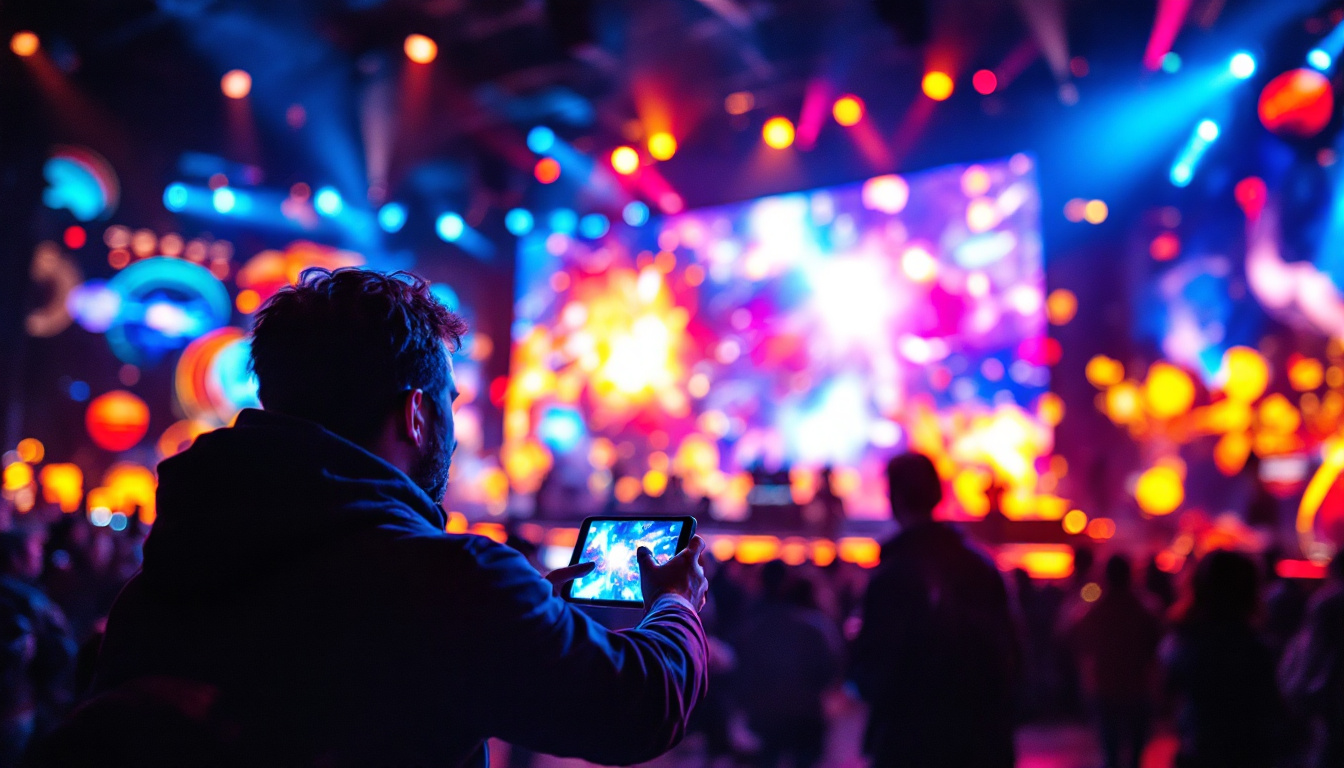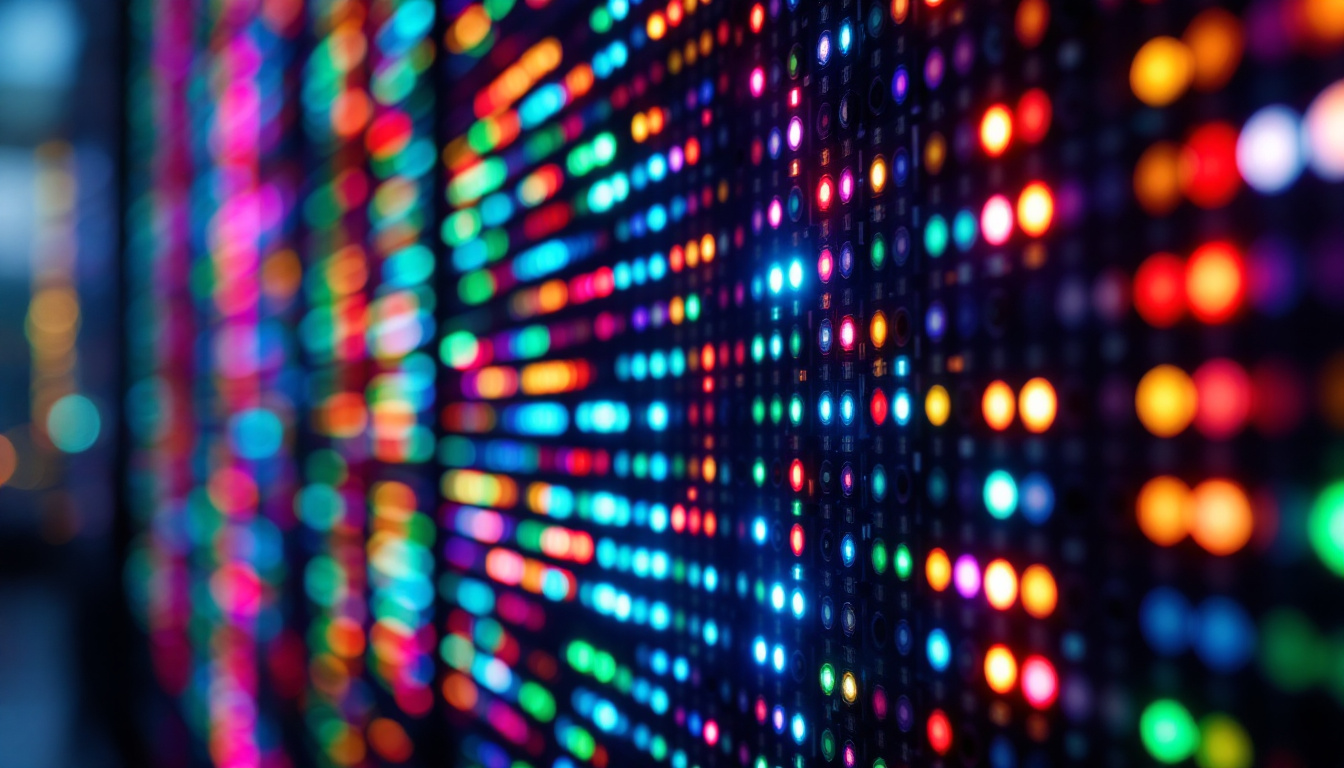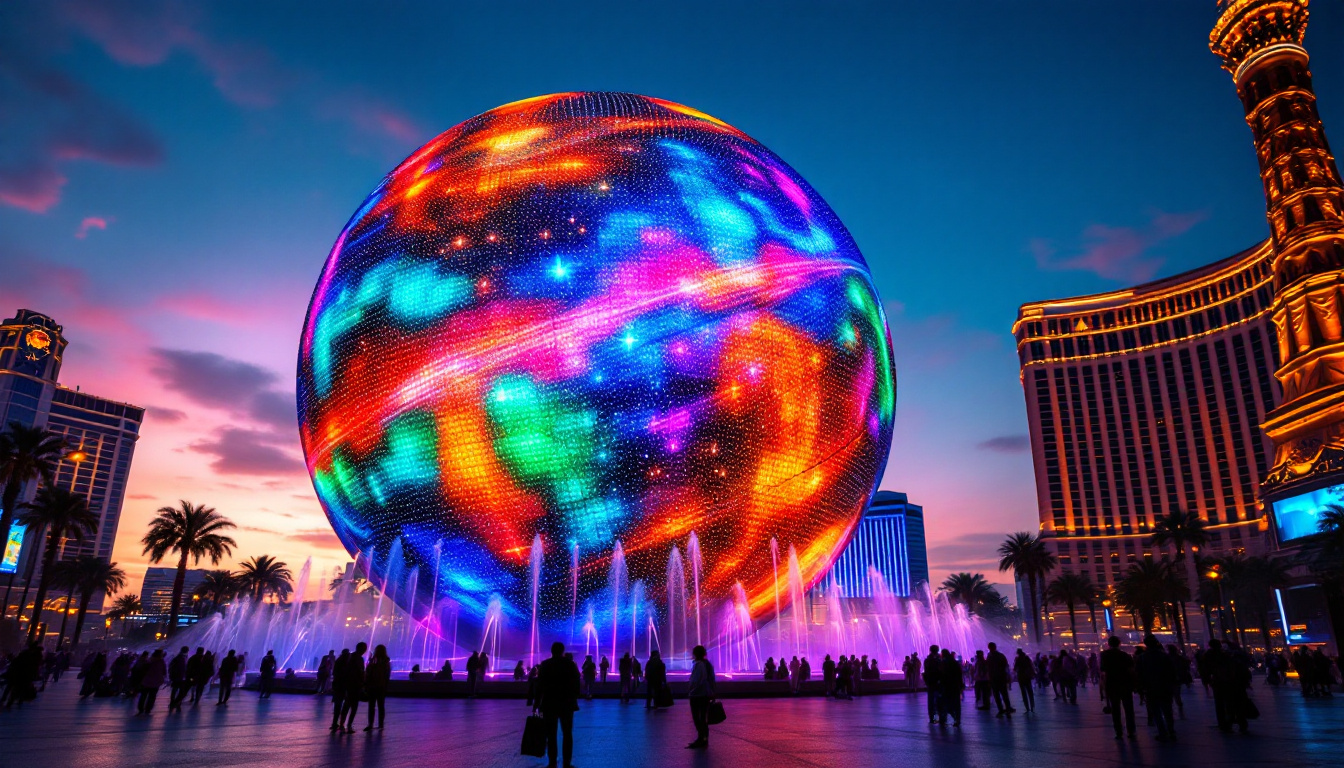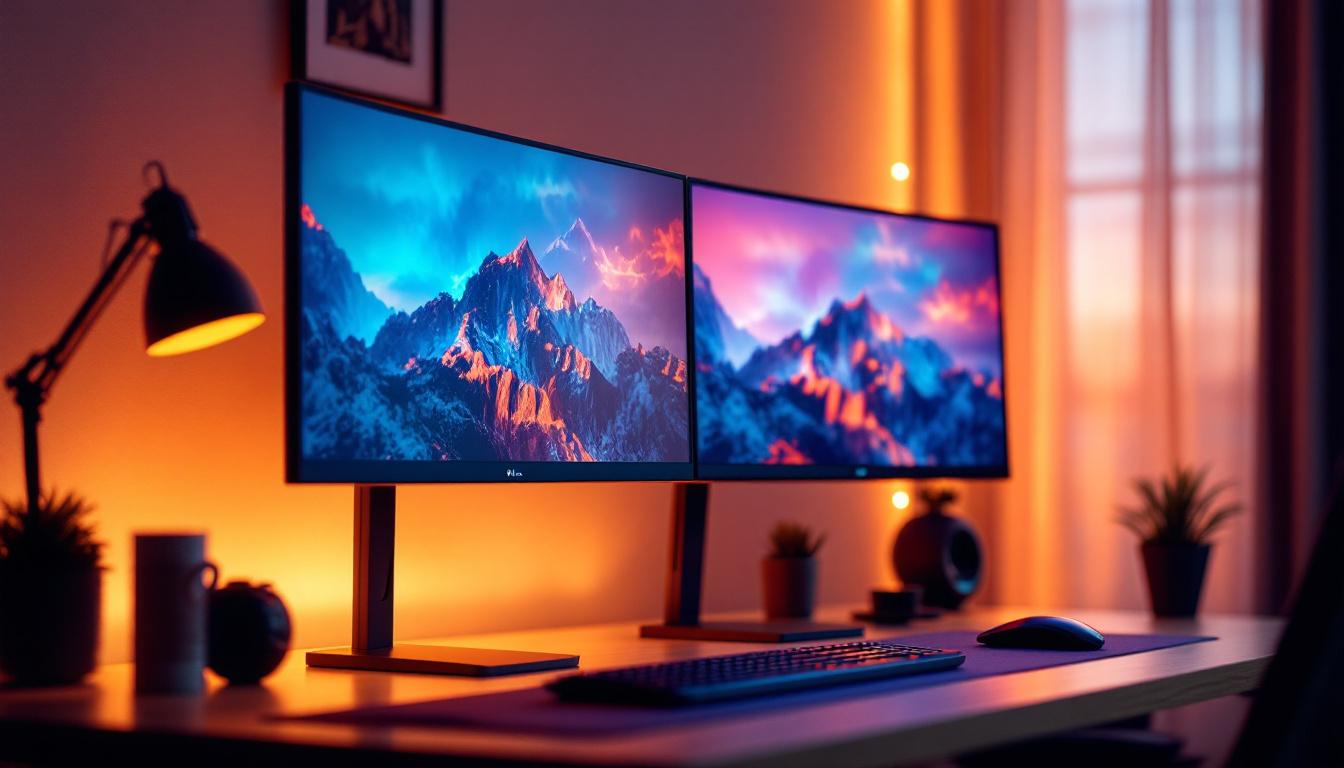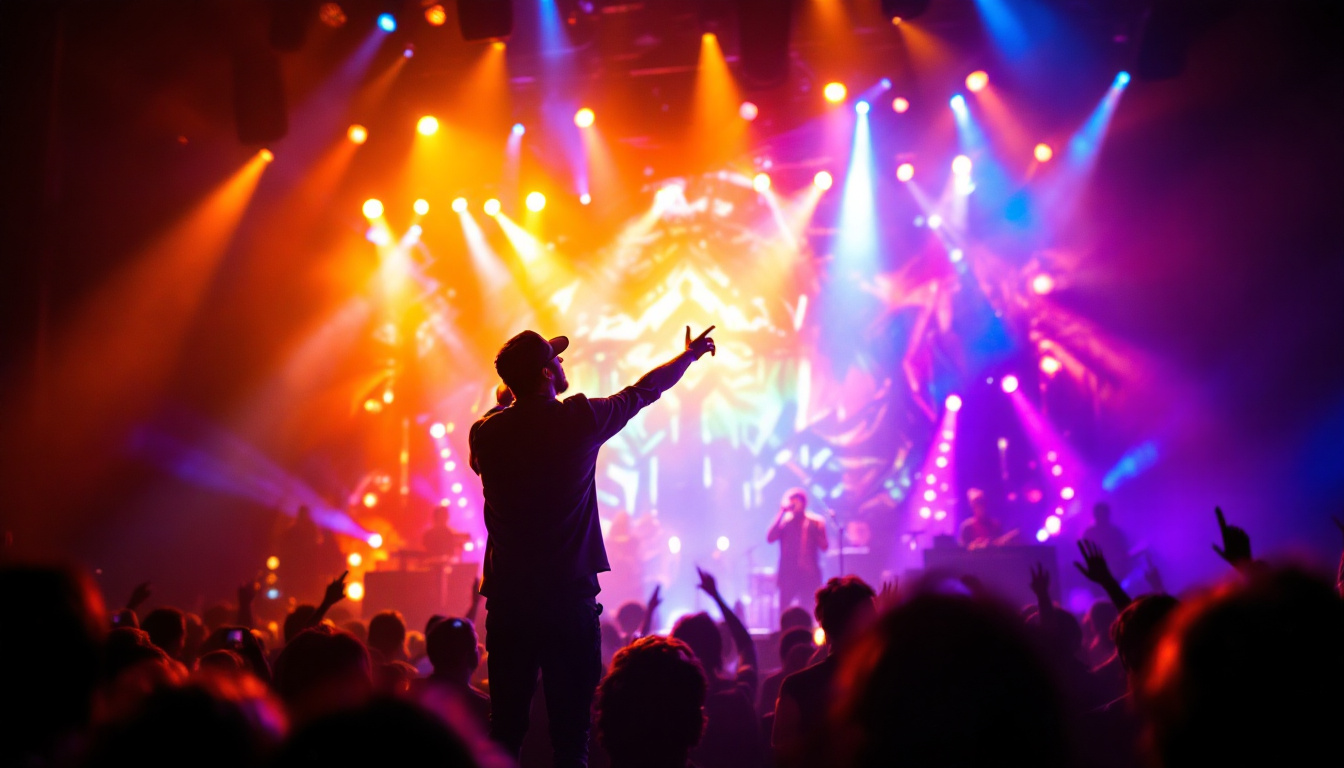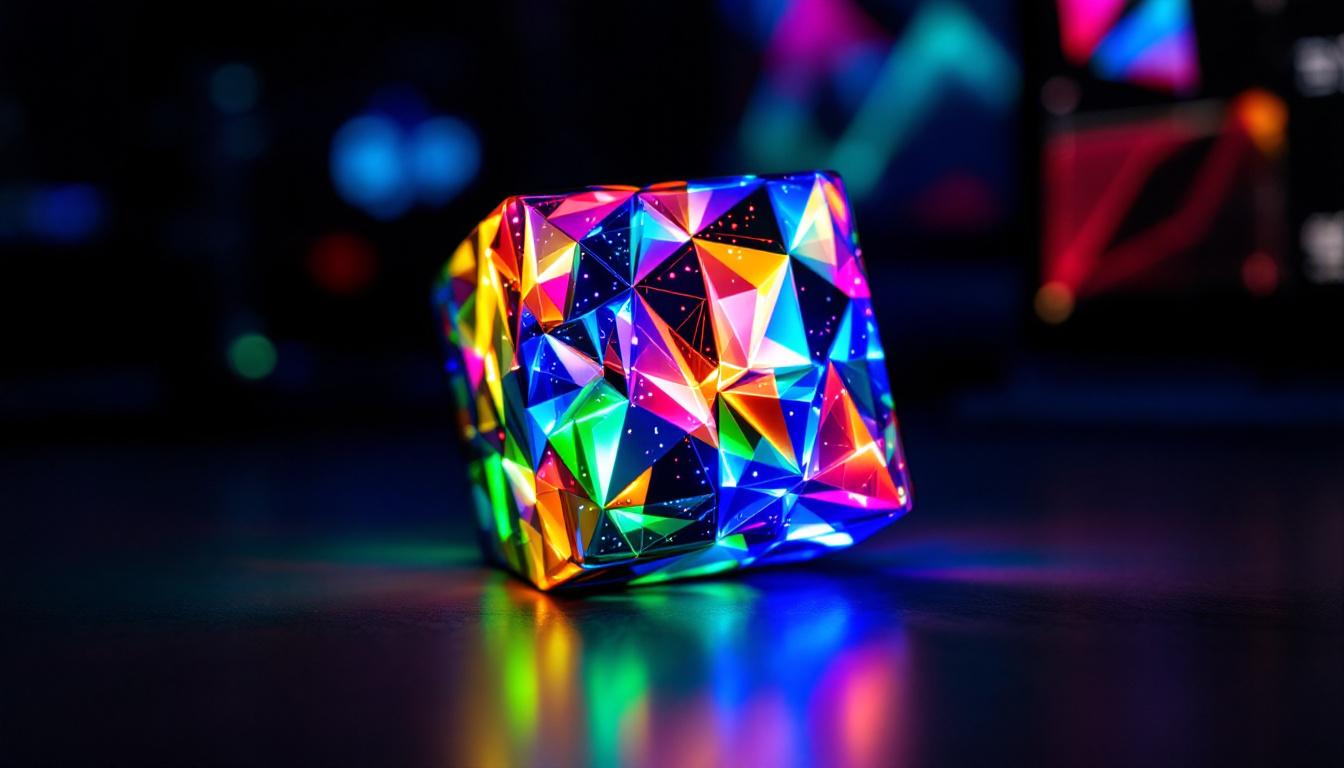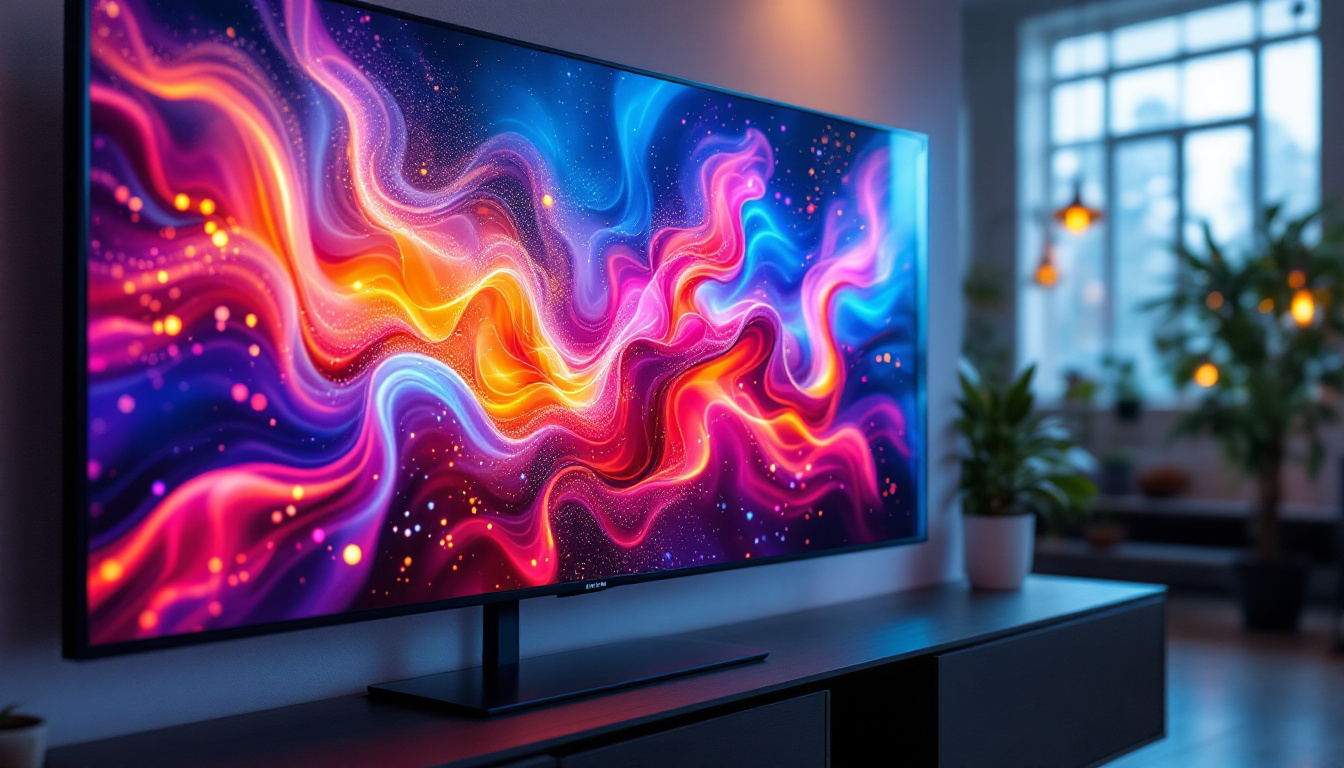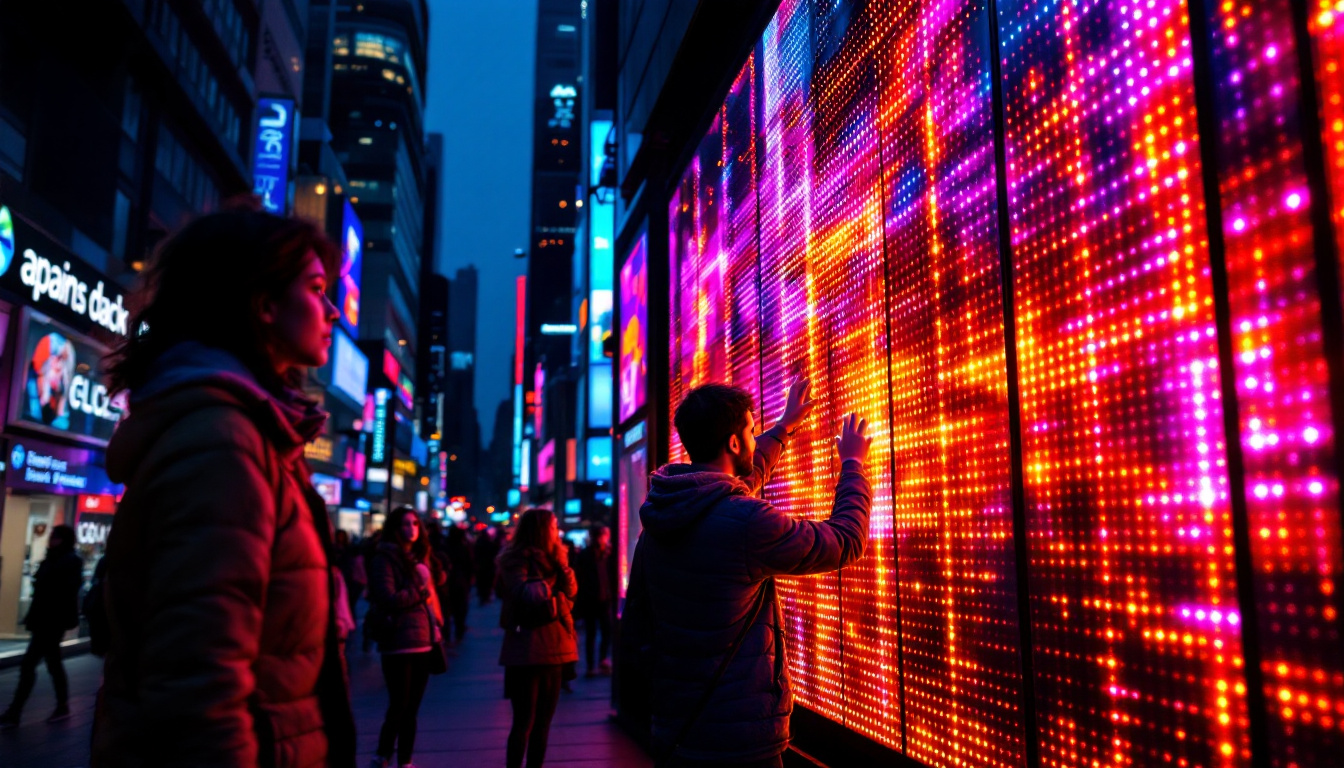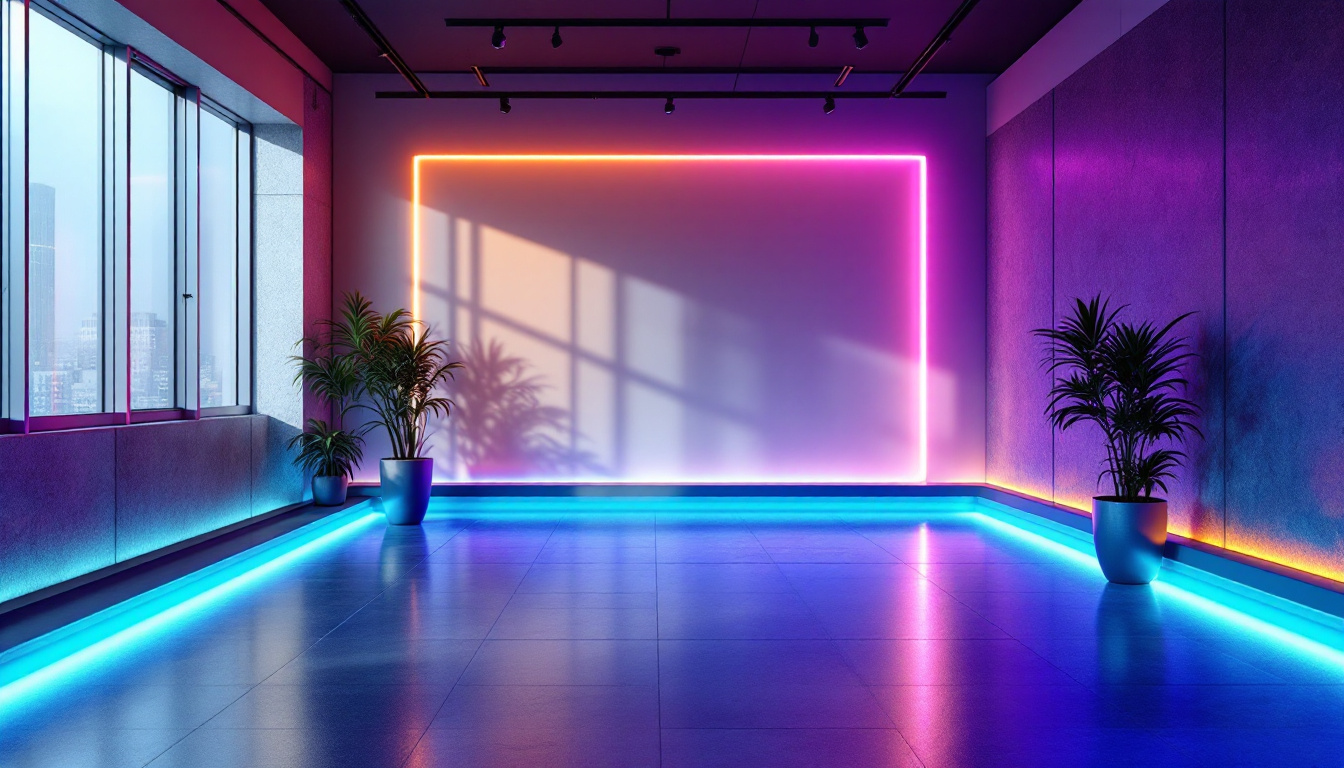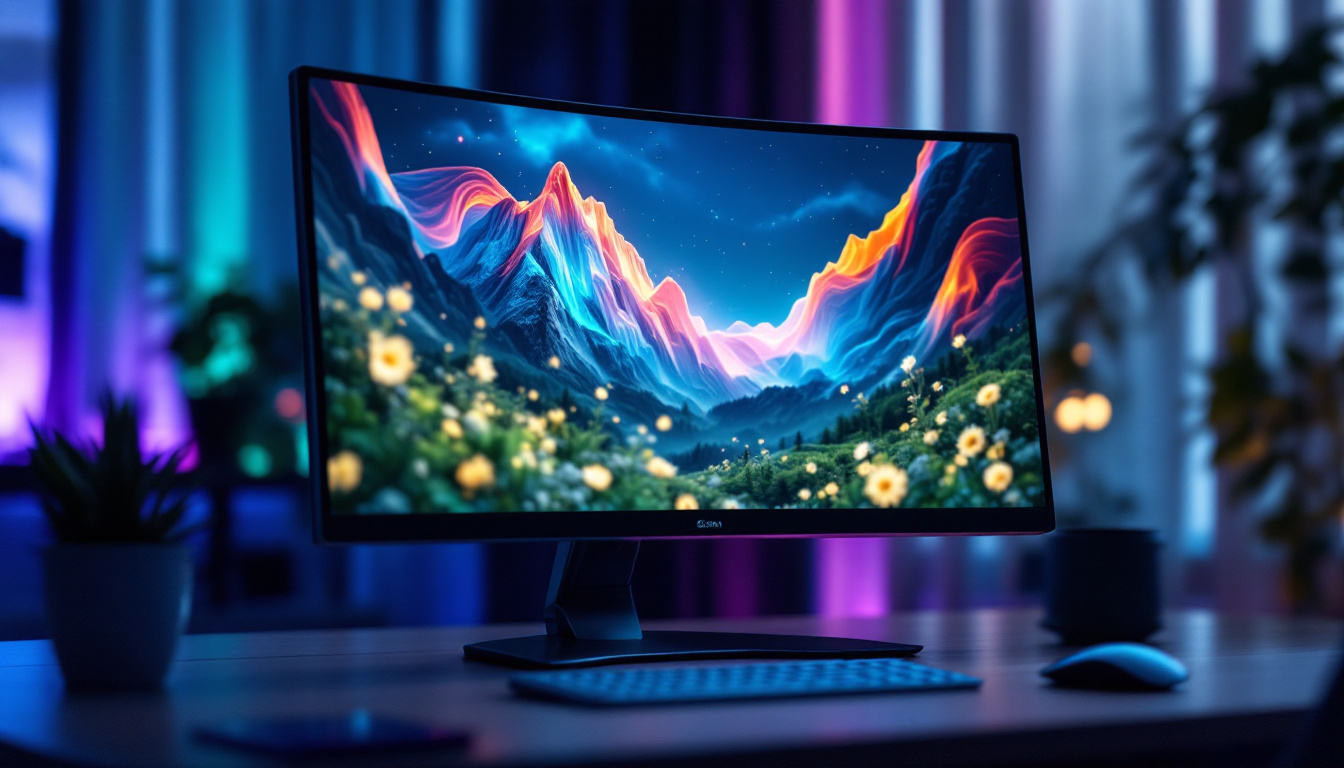In the heart of Tokyo, a city renowned for its blend of cutting-edge technology and vibrant culture, a new form of advertising has taken center stage: the 3D LED billboard. These eye-catching displays are not just larger and brighter than traditional billboards—they create immersive visual experiences that captivate audiences and redefine urban advertising. This article delves into the technology behind Tokyo’s 3D LED billboards, exploring how they work, their impact on marketing, and what the future holds for this innovative medium.
The Evolution of Billboard Advertising in Tokyo
Tokyo has long been a global leader in outdoor advertising, with districts like Shibuya and Shinjuku featuring some of the world’s most iconic billboards. Historically, these billboards were static or simple digital displays, but as LED technology advanced, so did the possibilities for advertisers.
LED (Light Emitting Diode) technology revolutionized outdoor advertising by offering brighter, more energy-efficient, and longer-lasting displays. Tokyo’s urban landscape quickly adapted, integrating large-scale LED screens into buildings and public spaces. The next step in this evolution was the introduction of 3D LED billboards, which add depth and motion illusions, creating a more engaging and memorable experience for viewers.
From 2D to 3D: A Leap in Visual Engagement
Traditional LED billboards display two-dimensional images and videos, but 3D LED billboards use advanced visual techniques to simulate three-dimensional effects without the need for special glasses. This leap enhances viewer engagement by making advertisements feel more lifelike and dynamic.
One of the most famous examples is the 3D billboard in Shinjuku’s Kabukicho district, which features a giant dragon seemingly flying out of the building. This kind of display leverages human perception of depth and motion, drawing attention in a crowded advertising environment. The immersive experience not only captivates passersby but also encourages social media sharing, as people often stop to take photos and videos of these stunning displays, further amplifying the advertisement’s reach.
Moreover, the integration of augmented reality (AR) into billboard advertising is another exciting development. Some billboards in Tokyo now allow viewers to interact with the content through their smartphones, creating a personalized experience that can lead to higher engagement rates. For instance, users might point their phones at a billboard to unlock exclusive content or promotions, effectively merging the physical and digital worlds. This innovative approach not only enhances the advertising experience but also fosters a deeper connection between brands and consumers, making the bustling streets of Tokyo a living canvas for creativity and technology.
How 3D LED Billboards Work: The Technology Behind the Magic
Understanding the technology behind 3D LED billboards requires a look at several key components: LED panels, visual content creation, and optical illusions.
High-Resolution LED Panels
At the core of any LED billboard are the LED panels themselves. These consist of thousands of tiny LEDs arranged in a grid, each capable of emitting light in various colors. For 3D effects, the resolution and brightness of these panels are critical. Tokyo’s 3D billboards often use ultra-high-definition LED panels with pixel pitches as small as 2mm, allowing for crisp, detailed images even at close viewing distances.
Moreover, these panels are designed to withstand outdoor conditions, including rain, wind, and extreme temperatures, ensuring consistent performance in Tokyo’s urban environment. The durability of these panels is enhanced by protective coatings that guard against UV rays and moisture, allowing them to maintain vibrant colors and sharp images over time. This resilience is particularly important in a bustling city like Tokyo, where billboards are constantly exposed to the elements and the hustle and bustle of daily life.
Content Creation and 3D Modeling
The visual content displayed on 3D LED billboards is created using sophisticated 3D modeling and animation software. Designers build detailed models of objects or characters and animate them to interact with the physical environment of the billboard.
For example, a 3D dragon might be animated to wrap around the building’s edges, creating the illusion that it occupies real space. This requires precise mapping of the billboard’s dimensions and angles to ensure the visuals align perfectly with the physical structure. Additionally, sound design often accompanies these visuals, enhancing the immersive experience. By synchronizing audio elements with the animated content, designers can create a multi-sensory experience that captivates passersby and draws them into the narrative being presented.
Optical Illusions and Perspective Tricks
The key to the 3D effect lies in manipulating perspective and depth cues. By carefully adjusting the angles and layering of images, designers create an illusion of depth that tricks the human brain into perceiving three dimensions on a flat surface.
Techniques such as anamorphosis—where images are distorted so they appear normal only from a specific viewpoint—are commonly employed. This means that the 3D effect is most striking when viewed from designated vantage points, often marked nearby for optimal viewing. Furthermore, the interplay of light and shadow is meticulously crafted to enhance the illusion of depth, making objects appear as if they are protruding from or receding into the billboard. This careful attention to detail not only captivates audiences but also encourages them to engage with the advertisement, often leading to increased brand recall and interaction.
Impact of 3D LED Billboards on Marketing and Urban Culture
3D LED billboards are more than just technological marvels; they represent a shift in how brands communicate with consumers and how cities engage with their inhabitants and visitors.
Enhancing Brand Visibility and Engagement
In a city as visually saturated as Tokyo, standing out is a challenge for advertisers. 3D LED billboards offer a unique advantage by creating memorable, immersive experiences that capture attention far more effectively than traditional ads.
Studies have shown that consumers are more likely to recall advertisements that engage multiple senses or present novel visual stimuli. The dynamic and lifelike nature of 3D billboards increases dwell time—the amount of time a viewer spends looking at an ad—which correlates with higher brand recall and positive brand associations. This heightened engagement is not just beneficial for brands; it also enhances the overall urban experience, transforming mundane cityscapes into vibrant, interactive environments that encourage exploration and curiosity.
Moreover, the integration of augmented reality (AR) elements into these displays allows for even deeper interaction. For instance, consumers can use their smartphones to interact with the billboard content, unlocking special promotions or participating in interactive games. This fusion of digital and physical experiences not only captivates audiences but also fosters a sense of community as people gather to share their experiences and engage with the content together.
Boosting Tourism and Local Economy
Beyond marketing, 3D billboards contribute to Tokyo’s appeal as a futuristic metropolis. Tourists flock to areas like Shinjuku and Shibuya to witness these displays firsthand, often sharing their experiences on social media, which further amplifies the city’s global image.
This influx of visitors benefits local businesses, from restaurants to retail shops, creating a positive economic ripple effect. The billboards themselves often feature collaborations with entertainment franchises, cultural events, and public service announcements, weaving themselves into the fabric of city life. Events such as seasonal festivals or art exhibitions are frequently promoted through these eye-catching displays, encouraging both locals and tourists to participate and engage with the community.
Additionally, the presence of 3D billboards can enhance the nighttime economy, drawing crowds after dark and extending the hours of operation for nearby businesses. The vibrant light shows not only create a festive atmosphere but also encourage spontaneous spending, as visitors are more likely to stop in for a meal or a shopping spree after being captivated by the dazzling visuals.
Challenges and Considerations
Despite their benefits, 3D LED billboards also raise concerns. Energy consumption is a key issue, as these displays require significant power to maintain brightness and motion. However, advances in LED efficiency and renewable energy integration are helping to mitigate environmental impacts.
Additionally, the intense visual stimulation can contribute to light pollution and distract drivers or pedestrians if not carefully managed. Tokyo’s city planners and advertisers work closely to balance innovation with safety and environmental responsibility. Regulations are being put in place to ensure that these displays do not overwhelm the urban landscape or detract from the city’s historical and cultural sites.
Furthermore, there is an ongoing dialogue about the aesthetics of urban advertising. Some critics argue that the proliferation of such billboards could lead to a homogenization of the city’s visual identity, overshadowing traditional architecture and local artistry. As cities continue to evolve, finding a harmonious balance between modern advertising techniques and the preservation of cultural heritage will be crucial in shaping the future of urban environments.
The Future of 3D LED Billboards in Tokyo and Beyond
As technology continues to advance, the potential for 3D LED billboards is expanding. Emerging trends suggest a future where these displays become even more interactive, personalized, and integrated with other digital technologies.
Interactive and AI-Driven Content
Future 3D billboards may incorporate sensors and artificial intelligence to tailor content based on audience demographics, weather conditions, or real-time events. For example, a billboard could change its message depending on the time of day or the crowd’s composition, creating a more relevant and engaging experience.
Interactive features, such as gesture recognition or smartphone integration, could allow passersby to influence the billboard’s content or participate in promotions, blurring the line between advertising and entertainment.
Augmented Reality (AR) Integration
Combining 3D LED billboards with augmented reality technology could create multi-layered experiences. Viewers using AR-enabled devices might see additional digital elements that extend beyond the physical billboard, offering deeper storytelling or product demonstrations.
This integration would further enhance engagement and open new avenues for brand storytelling and consumer interaction.
Global Influence and Adoption
Tokyo’s success with 3D LED billboards is inspiring other major cities worldwide to explore similar technologies. From New York’s Times Square to London’s Piccadilly Circus, urban centers are recognizing the value of immersive digital advertising to captivate increasingly distracted audiences.
As costs decrease and technology becomes more accessible, 3D LED billboards are likely to become a common feature in global cityscapes, transforming how brands communicate and how citizens experience public spaces.
Conclusion
Tokyo’s 3D LED billboards represent a remarkable fusion of technology, art, and marketing. By leveraging advanced LED panels, 3D modeling, and optical illusions, these displays create captivating visual experiences that engage audiences like never before. Their impact extends beyond advertising, enhancing urban culture, boosting tourism, and setting new standards for digital communication.
As the technology evolves, the future promises even more immersive, interactive, and personalized billboard experiences, not only in Tokyo but around the world. For marketers, city planners, and technology enthusiasts, 3D LED billboards offer a fascinating glimpse into the future of visual communication.
Discover the Future of LED Displays with LumenMatrix
Ready to elevate your advertising to the next level? LumenMatrix, a pioneer in LED display technology, invites you to explore our comprehensive range of LED display solutions. From the bustling streets of Tokyo to the heart of your business, our Indoor and Outdoor LED Wall Displays, Vehicle LED Displays, and more are designed to captivate and engage your audience. Experience the revolution in visual communication and let LumenMatrix help you make a lasting impression. Check out LumenMatrix LED Display Solutions today and transform your brand’s visibility with our innovative displays.

